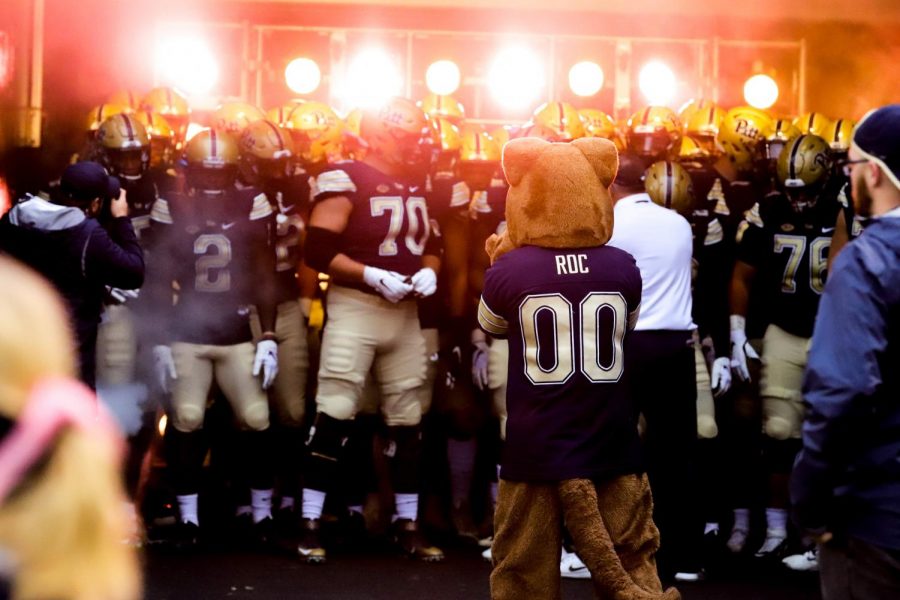NCAA announces return of voluntary workouts, proposal for transfer rule changes
May 26, 2020
All Division I athletes will be permitted to participate in voluntary workouts beginning June 1, the NCAA Division I Council announced last Wednesday. The move ends the moratorium on such activities that began with the explosion of the coronavirus pandemic in March and was set to expire on May 31.
The June 1 date is not a hard deadline for when schools must allow athletes back on campus, but instead leaves individual schools and conferences to make their own decisions. For example, while the University of Louisville was quick to announce a plan detailing different phases of its reopening, Southeastern Conference schools will not allow athletes to return to campus for workouts until June 8.
The Division I decision originally applied only to men’s and women’s basketball and football players, but was revised days later to include athletes from all sports.
Pitt athletics spokesperson E.J. Borghetti said Tuesday that further details regarding Pitt’s plan to bring athletes back will be available in the “near future.”
Grace Calhoun, the University of Pennsylvania’s athletic director and chair of the council, said schools will continue to follow local, state and federal guidelines for reopening when facilitating the return of athletes.
“The return of voluntary activity in addition to the extension of the waiver to allow virtual, nonphysical activity shows sensitivity to local, state and regional differences in how Division I campuses are reopening,” Calhoun said. “We will continue to be considerate of these differences with wise and flexible administration of our regulations, and we expect schools to keep the well-being of student-athletes as a priority.”
The council also adopted a resolution that would create uniform, modernized rules governing eligibility after transfer for student-athletes in all sports, according to the NCAA. It voted to set a January 2021 deadline for changes to the transfer rules for five sports — baseball, men’s and women’s basketball, football and men’s ice hockey.
These five sports are the only ones in Division I that restrict an athlete’s eligibility after they transfer and employ, by the NCAA’s own admission, a complicated, inconsistent and unsustainable waiver process to avoid sitting out a year.
According to the NCAA, a proposed legislative package would address some of the barriers athletes face when transferring, such as academic requirements, roster management, transfer notification dates, accountability measures for schools and additional education on the transfer process for athletes.
Calhoun said transfer rules have been an issue that the Division I Council has wanted to address for some time now.
“The Division I Council is committed to a uniform and equitable approach to transfer rules that considers student-athlete well-being and the opportunities available after transfer,” Calhoun said. “We will not simply change the rule, but we will consider a comprehensive package designed to address the multiple complexities involved.”
To be considered in the 2020-21 legislative cycle, proposals must be introduced by Nov. 1.



